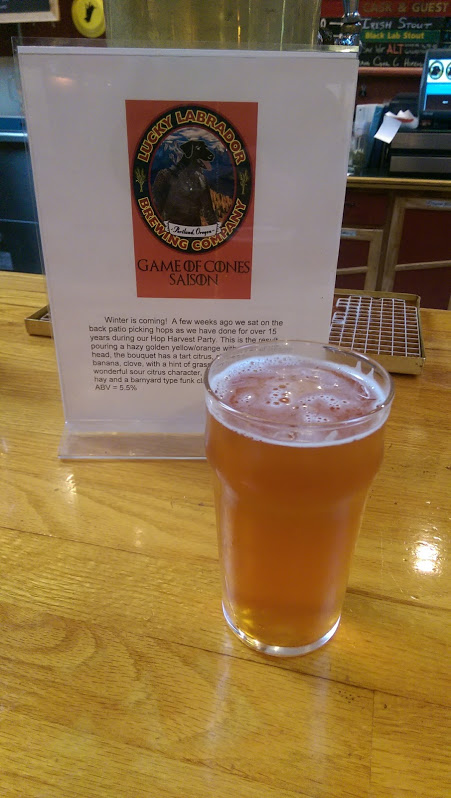Celebrating the new year, city-style, with a local brew
Champagne may be the traditional beverage for ringing in the new year, but we suspect that a locally brewed ale may be the drink of choice for many urbanists today. Much has changed about American beer in the past two decades. Most of the post-prohibition era was characterized by the industrialization of beer-making and the consolidation of the brewing industry; the number of breweries in the US fell from roughly 500 at the close of World War II to only about 100 in 1980. But since then, consumers have turned away from the big national brands and increasingly patronize local, even neighborhood micro-brewers, who offer a wide array of ales, stouts, porters and other distinctive brews, often featuring local ingredients.

While the overall market for beer grew only about 0.6 percent in 2015, the consumption of craft beer grew by more than 10 percent, according to Nielsen. In the past five years, the market share of craft brewers has doubled, from less than 6 percent of beer sold, to more than 12 percent, according to the Brewer’s Association. Now avid beer drinkers in cities around the country have dozens–and in some cases hundreds–of local brews to choose from. And at City Observatory, that set us to asking: which city has the largest concentration of micro-breweries.
Which cities have the greatest density of microbreweries?
To answer this question, we turned to BreweryMap.com which has mapped the locations of a comprehensive database of US microbreweries. The site allows users to search for breweries by location, and we used their on-line search tool to look for all microbreweries within 5 miles of the city center of each of the 53 principal cities of those metropolitan areas with more than a million population. Using a standard five-mile radius allows us to eliminate the variation of computed density that would arise from the very different geographic areas included in city boundaries. Here’s the BreweryMap of Portland.
Portland has 89 microbreweries within this 5 mile circle, the highest density of microbreweries of any large city in the United States. The following table shows the density (number of microbreweries within 5 miles of the city center) for each of the 53 largest metro areas in the US. Denver and Seattle rank second and third, respectively, followed by Chicago and New York. Virginia Beach and Hartford have the lowest density of microbreweries in their urban cores.
Consumer survey data confirm the same geographic patterns of preferences for micro-brewed beer. Scarborough Research, an arm of Nielsen, reports that Denver, Portland and Seattle had the highest reported rates of micro-brewed consumption of any US metropolitan areas. About 5 percent of American adults have had a micro-brewed beer in the past month: In Denver and Portland, the figure is about two and a half times higher: 13 percent.
In an era in which so much of what we consume is commoditized and globalized, its nice to see a distinctive local product flourishing in so many places around the country. Here’s to a Happy New Year!

